
Diseases of the biliary tract include: gallstones, biliary colic, cholecystitis, cholangitis and choledocholithiasis. Temporary obstruction of the cystic duct or pass due to some gallstones could cause symptoms of biliary colic. This rarely happens and only some 1 to 4% of gallstone patients develop this problem, while most of them have no symptoms and complications arising from the gallstones.
Risk Factors for Biliary Colic
People of Northern European and Hispanic origin, especially of older age are known to be exposed to a greater risk of developing biliary colic. However, elderly may develop gallstones and some serious complications but have no gallbladder colic. Obesity and weight loss are also proven to contribute to development of this condition, as well as pregnancy (during second and third trimester and after childbirth). Liver transplant patients are also more prone than other groups of people to biliary colic.
4F women – fair, fat, fertile and female are identified as major risk factors for gallstones. This also includes women who use birth control pills (oral contraceptives) or hormone replacement therapy (HRT), as well as drugs such as ceftriaxone and octreotide.
Biliary Colic Management
Patients who have reported right upper quadrant pain that spreads to the back may be suspected to have acute biliary colic. Acute biliary colic usually lasts for several (4 to 6) hours, while longer duration of pain and low fever indicate acute uncomplicated cholecystitis.
Emergency care usually stabilizes the patients suffering from biliary colic problems and starts to diagnose the condition, assessing patient’s breathing, circulation, pulse, ECG and blood cultures. Patients should not take anything to eat and some might require nasogastric suction, if they happen to vomit persistently or to experience some abdominal distention.
Instable or patients in serious pain should be examined ultrasonographically, in order to exclude abdominal aortic aneurism and see gallstones if present. On the ultrasonogram, doctors may also see thickening of the gallbladder wall, pericholecystic fluid and Murphy sign (positive in cholecystitis and choledocholithiasis, while negative in pyelonephritis and ascending cholangitis).
Patients diagnosed with acute cholecystitis need to be admitted to hospital and treated with drugs or surgically. Biliary colic is usually treated with some anti-emetics pain killer medications (non-steroidal anti-inflammatory drugs, NSAIDs, like diclofenac (Voltaren) or ketorolac (Toradol). Buscopan (hyoscine butylbromide) may also be used but with lesser efficacy than pain killers. Some doctors recommend using meperidine (Demerol) which is opiate pain killer and antispasmodic drug like dicyclomine (Bentyl).
If the ultrasound showed presence of gallstones, these need to be taken care of surgically.



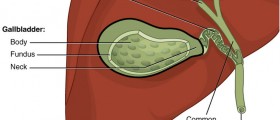
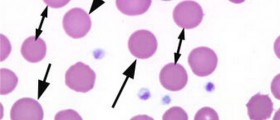
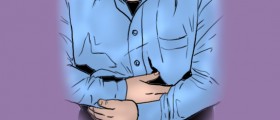

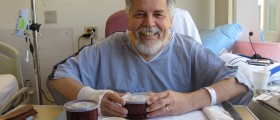



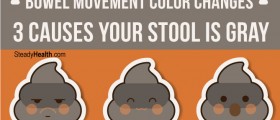
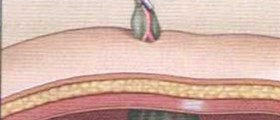



Your thoughts on this
Loading...